
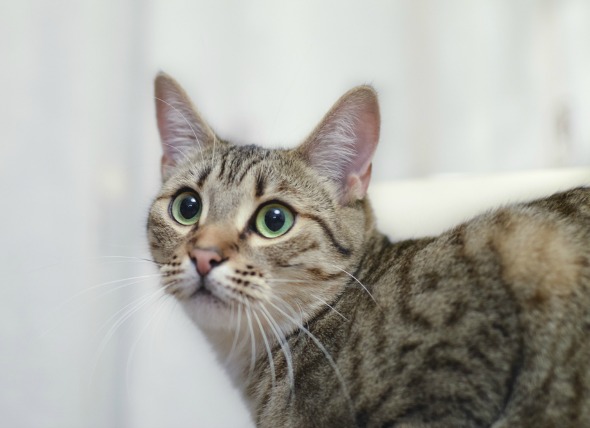
Otitis media refers to an inflammation of the cat's middle ear, while otitis interna refers to an inflammation of the inner ear, both of which are commonly caused by bacterial infection.
The condition or disease described in this medical article can affect both dogs and cats. If you would like to learn more about how this disease affects dogs please visit this page in the PetMD health library.
The symptoms apparent in cases of otitis media or interna are largely dependent on how severe and extensive the infection is. Signs may range from no visible symptoms whatsoever, to apparent nervous system involvement. If symptoms appear, they may include pain when opening the mouth, reluctance to chew, shaking the head, pawing at the affected ear, tilting the head, leaning to the side of the affected ear, and an altered sense of balance (known as vestibular deficits). If both ears are affected by inflammation, further symptoms may include wide swinging movements of the head, wobbly uncoordinated body movement, and deafness.
Additional symptoms may include vomiting and nausea, unequally sized pupils, redness of the ears, discharge from the ears, a grey bulging eardrum (known as tympanic membrane), and in severe cases, signs associated with nervous system damage such as facial nerve damage (i.e. inability to blink, or paralysis).
Bacteria are the primary disease-causing agents that lead to infection and consequent inflammation of the middle or inner ear. Other possible disease-causing agents include yeasts such as Malassezia, fungi such as Aspergillus, and mites which increase the likelihood of bacterial infection. Alternate causes include trauma to the body, such as from a car accident, the presence of tumors or polyps in the ear, and the presence of foreign objects in the ear.
One primary diagnostic procedure in cases of inner and middle ear inflammation is myringotomy, a technique in which a spinal needle is inserted into the air and the ear drum membrane to extract middle ear fluid for microscopal examination. This can help determine any infectious presences, such as bacteria or fungi. Other tests may include an analysis of cerebrospinal fluid in the cranium, in which the brain essentially floats, urine analysis, blood tests, and computed tomography (CT) or magnetic resonance imaging (MRI) scans.
If ear infection is severe and debilitating, your cat may be kept in hospital for treatment, and also will need to be assessed for possible neurologic symptoms. Stable patients can be treated at home, often via medication (e.g., antimicrobials to fight bacterial infection).
Most bacterial infections will resolve with early aggressive antibiotic therapy, and will not recur. However, if there are frequent relapses, surgical drainage may be necessary.
Your cat will need to be evaluated for resolution of symptoms for approximately two weeks after treatment.
Routine ear cleaning may reduce chances of infection. Be warned, however, that too frequent and overly vigorous inner ear washes may be damaging to the inner ear. Your veterinarian will determine and advise you on proper care procedure for your cat.
 Lung Cancer (Adenocarcinoma) in Cats
Lung Adenocarcinoma in Cats
Adenocarcinoma is a m
Lung Cancer (Adenocarcinoma) in Cats
Lung Adenocarcinoma in Cats
Adenocarcinoma is a m
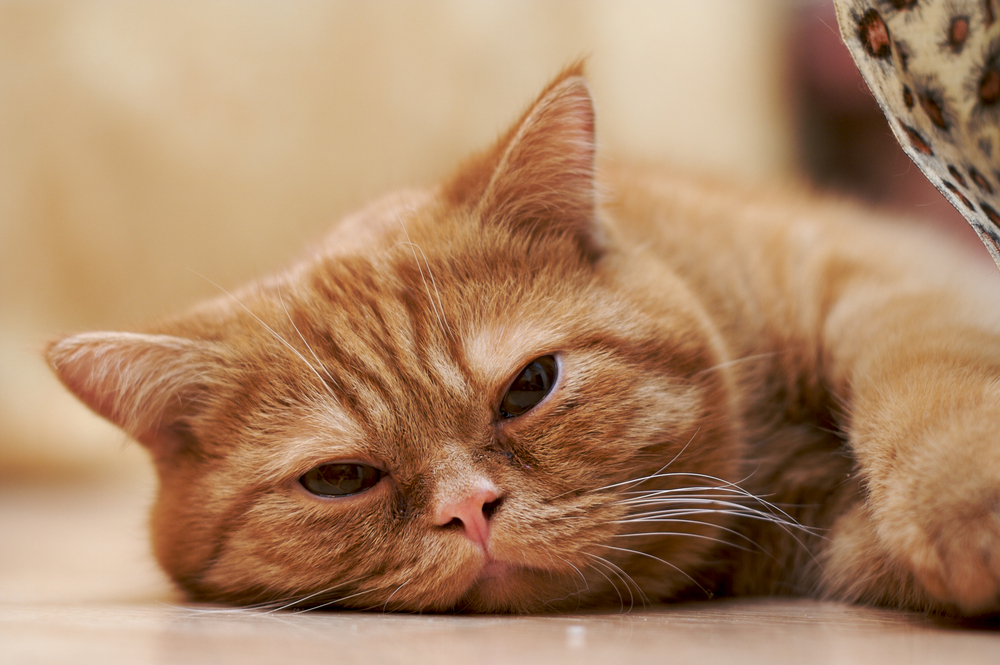 Fungal Infection (Aspergillosis) in Cats
Aspergillosis in Cats
Aspergillosis is an opportu
Fungal Infection (Aspergillosis) in Cats
Aspergillosis in Cats
Aspergillosis is an opportu
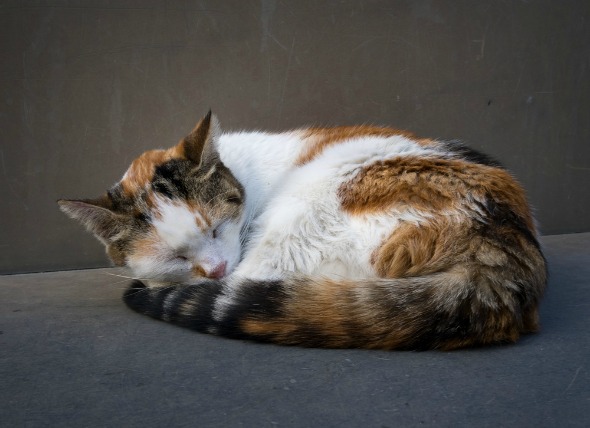 Abdominal Cavity Inflammation in Cats
Peritonitis in Cats
The abdominal cavity is lined
Abdominal Cavity Inflammation in Cats
Peritonitis in Cats
The abdominal cavity is lined
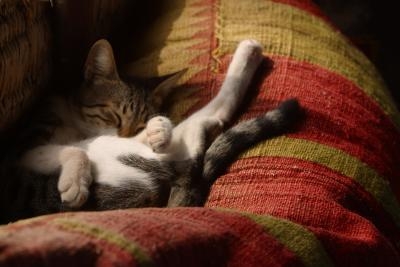 Why Do Cats Sleep a Lot?
Why Do Cats Sleep a Lot?
Why Do Cats S
Why Do Cats Sleep a Lot?
Why Do Cats Sleep a Lot?
Why Do Cats S
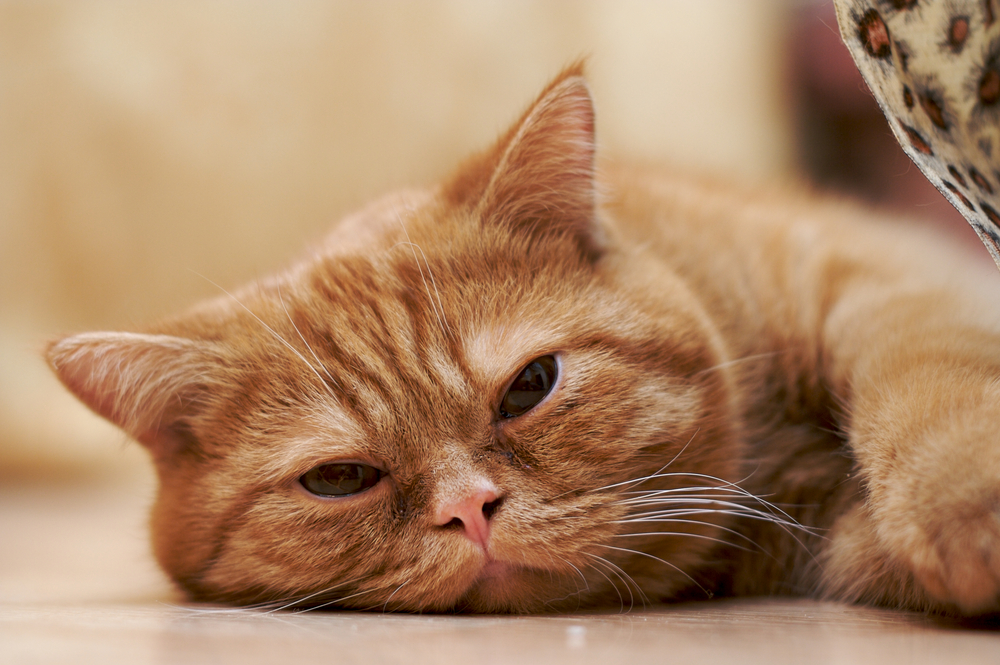 Anemia Due to Iron Deficiency in Cats
Anemia, Iron Deficiency in Cats
When the body is
Anemia Due to Iron Deficiency in Cats
Anemia, Iron Deficiency in Cats
When the body is
Copyright © 2005-2016 Pet Information All Rights Reserved
Contact us: www162date@outlook.com